
The liner on your chimney What is a chimney liner and why is it important? In today’s blog I am going to answer the most frequently asked question we get on chimney liners to help spread awareness and understanding about the topic.
1: What exactly is a chimney Liner?
A chimney liner is the high heat components or FIREWALL LINING portions of your system within your fireplace and chimney structure. The purpose of a chimney liner is to contain high amounts of heat, volatile gases, and corrosive products of combustion through the structure of your chimney. A Chimney liner protects your home from heat escaping the chimney structure.
If you don’t have a chimney liner, your system doesn’t not meet the FIRECODE provisions of the late 1960 and it is unsafe for use. If you burn through an unlined chimney, the heat and corrosive gases deteriorate, thermally expand and crack the structural walls of your chimney. Cracks are breaches in the walls of these chimneys. They cause extreme fire damage losses and combustion gases to enter the home which will cause Carbon monoxide poisoning.
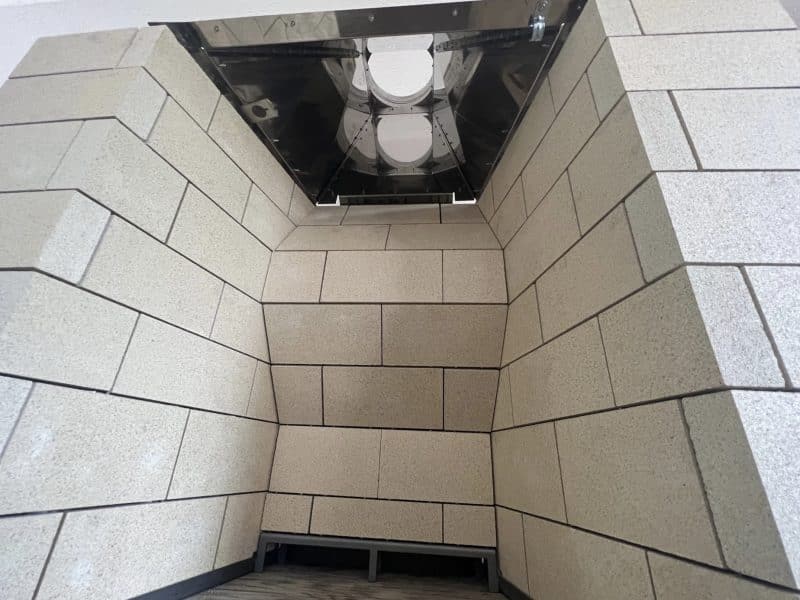
2: Do you really need a chimney liner?
Yes, You absolutely need a chimney liner. Your chimney liner is designed to withstand the high heat from a chimney fire. A chimney fire can reach temperatures above 2000 degrees. These high heat events causes lots of thermal expansion, cracking and destruction of the masonry chimney structure. I see many fire damage claims. The worst fire damaged I see is from heat that escapes a chimney structure that had no chimney liner.
Does a brick chimney have to be lined?
Yes. The IRC (International Residential Code) and the NFPA 211 dictates the ALL CHIMNEYS SHALL BE LINED!
Do gas systems need a chimney liner?
Yes! Gas appliances of low temperature combustion gases like a gas inserts , gas furnace, or hot water heater liners are aluminum. This is the minimum requirement for gas appliances because the combustion gases are not building up as much soot. But they don’t last very long: maybe 10 years. I would recommend using stainless steel if you can afford it to vent your gas appliances because the combustion gases are volatile.
Sulfuric acid decays and oxidizes the interior wall of aluminum, mortar and clay brick of a chimney. This is a big problem. When those liner materials start to decay it falls apart and often it falls down the chimney causing a blockage that creates back puffing and carbon monoxide poisoning in the building. This is because the flow of gases coming out of the system gets compromised and no longer exists the top of the chimney.
We have many people call explaining they just got home from the hospital from carbon monoxide poisoning. It always comes back to the gas system deteriorating because they were told by an uncertified person that their gas system didn’t require annual maintenance, when it absolutely needs annual inspection and maintenance.
3: What happens if you don’t have a chimney liner?
Heat escapes your system, combustion gases enter the living space and contaminate the air quality inside your home. Wood and combustible building materials around your fireplace dry out slowly over time and can eventually spontaneously combust.
4: Can I install my own chimney liner?
One could… but one shouldn’t. It’s is an exact process. If you install your own chimney liner and the installation fails, any losses would not be covered by your insurance. Chimney liners are installed by the most experienced chimney professionals. It takes time and the skilled labor to safely access the chimney in order to install a chimney liner properly. I have been installing chimney liners for 20 years and have developed exact Standard Operating Procedures to make it as fail-proof and efficient as possible for home owners.
5: What is the average cost of a chimney liner?
The cost of a chimney liner varies quite a bit, and it all depends on the type of system you are using and the access requirements to the fireplace and chimney. In many circumstances, we have to build scaffolding up the house to safely access a chimney liner installation. Almost every time there is a portion of masonry that needs to be removed and replaced in order to gain access to install a proper chimney liner.
The average cost to reline a fireplace chimney is $8000.00 for a 1 story fireplace and chimney that is easy to access. The taller the chimney, the more difficult the job and the price goes up from there. In many cases portions of the exterior brick of the chimney need to be rebuilt and this is estimated on a per brick cost. Additionally, chimneys can be very tall or the roof pitch may be too high to walk on which would require scaffolding. Working at this elevation is extremely risky which makes our cost of safety and insurance very high.
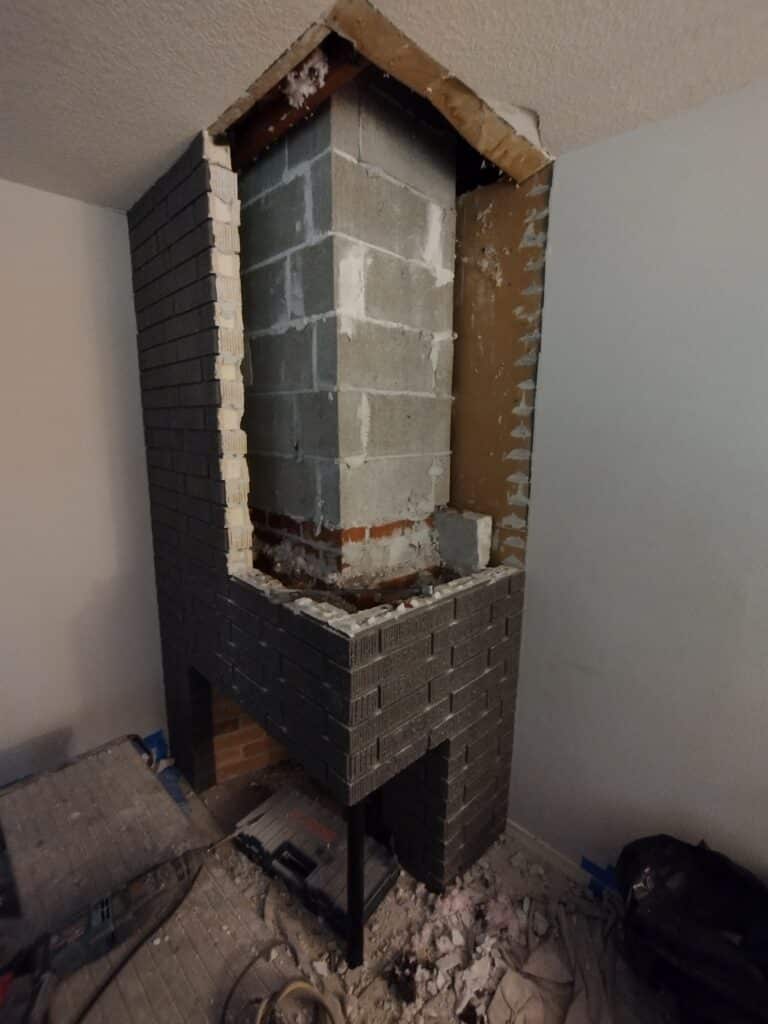
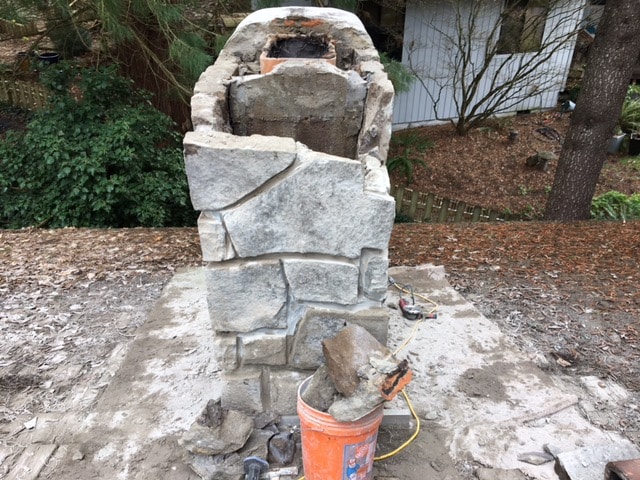
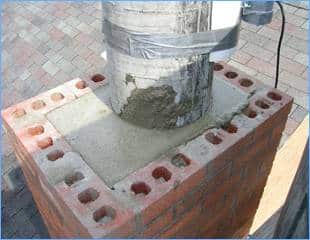
6: What is the cheapest way to reline a chimney?
You’re going to build a FIRE INSIDE YOUR HOUSE!!! Trust me, the cheap way is not in your best interest. I always recommend the best way. Stainless steel is the industry standard. 24 gauge stainless steel with a 1/2″ of high heat Thermomix® insulation it the best way. SpaceX uses stainless steel to build their space ships because re-entering the earths atmosphere is extremely hot. The cost differences between the cheap materials and recommended materials are not that much. So I aim to provide my customers with the largest value. High quality, long lasting and efficient to install are the important things to think about when doing a chimney liner installation.
7: How long does and chimney liner last?
A chimney liner will last multiple generations as long as you don’t intentionally have chimney fires through it. This is why we perform annual service for all our customers. Annual cleaning and inspection is required to maintain a lifetime of safe use and maintain optimum performance of your chimney lining. The NFPA211 specifically dictates this requirement with annual Level 1 inspection and cleaning maintenance.
In multi family properties like apartments and condos the property manager is required to provide proof of annual cleaning and inspections to maintain the property insurance. And good property manager with higher certified chimney sweeps, because if one system burns up, then the entire building can get destroyed if the fire jumps from one chimney to another chimney that is conjoined in a common attic space.
We do lots of chimney service and repairs for apartments and condos every year and we always service every unit. That way they have good documentation of every system and maintain proper records for their insurance coverage.
8: What are the 3 main types of chimney liners?
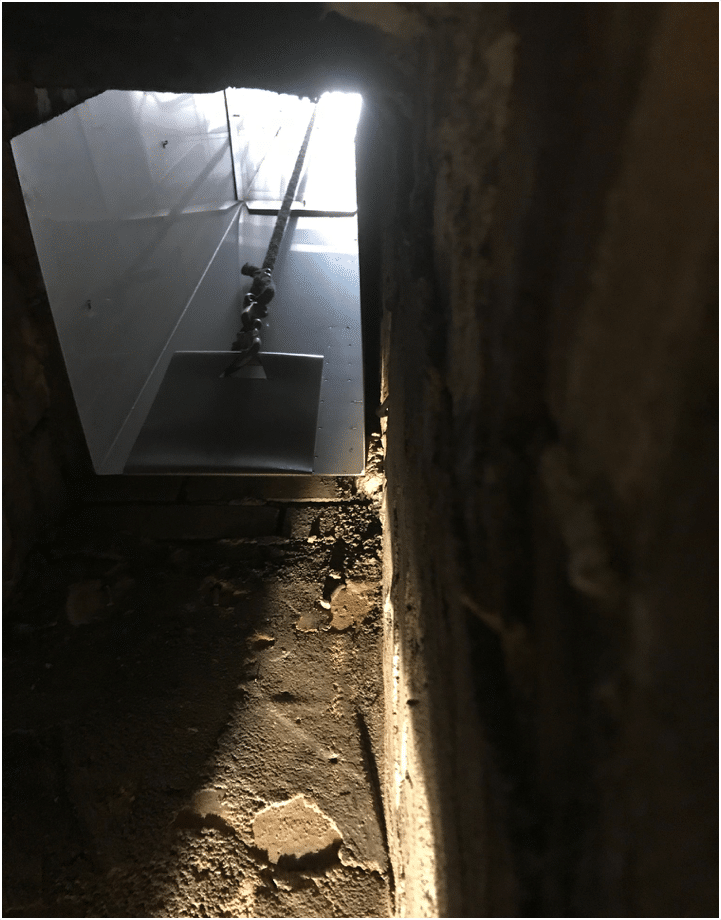
The most common liners we see in the north west are clay tile masonry chimney liners, 24 gauge stainless steel chimney liners and refractory chimney liners.
A. Clay Tile Masonry Chimney Liners
The clay tile chimney liner was adopted in the 1960s, and was the first technology used to line a chimney. The downside of a tile chimney liner is that they crack and deteriorate from water intrusion.
B. 24 Gauge Stainless Steel Chimney Liners
24 gauge stainless steel is the most common material used for chimney liners now. It is most commonly used because it is corrosion resistant (water doesn’t damage it) and it is incredibly heat resistant (doesn’t crack from thermal expansion).
C. Refectory Chimney Liners
Refractory lining is what you see inside your firebox. The brick that lines the walls of the firebox is called refractory brick or firebrick and the mortar used is called fireclay mortar. This is where the combustion of the fuel takes place. Just above the firebox you have a tapered area called the smoke chamber. In this area we use refractory cement.
What Refractory Cement Do You Use?
My favorite refractory cement is called Formula 51 sold by Saver systems, in there heat shield product line. They have many disruptive innovations in the chemistry sector. They manufacture many fireplace and chimney products and distribute directly to all chimney sweeps. John Meridith the founder is a inspirational family man. I have worked with his son Tom for many years. John is one of my most influential mentors to all chimney sweeps.
They solve so many difficult problems for the chimney industry and educate their dealers of how to use their products to provide the homeowners with a highly efficient fireplace. Tom has come out to our OCSA convention and trade shows to provide our membership with hands on training and demonstration.
9: Which chimney liner is best?
A properly sized and fitted chimney liner is best. Stainless steel insulated chimney liners last forever if properly maintained with annual inspection and cleaning. Getting on our forward scheduled annual inspection list is what I recommend. We service any type of chimney liner of any system type, we will keep you and your loved ones safe and make recommendations for improvements or repairs to maintain the longevity of your chimney liner.
10: What Grade Chimney Liner Do I Need?
Premium!
I have been doing this 20 years. In my experience, I have learned that the fire code is really just a prescriptive path. There are external factors which can determine the failure of a system. The grade of chimney liner you should purchase is the highest quality material that is suitable for your installation. Chimney ventilation is not something anybody should cut corners on. The material cost difference is nothing in comparison to the cost of labor to install it. So if you’re going to have to pay the same in labor, do the job right the first time so it lasts forever.
Schedule now with our industry leading Certified Chimney Technicians
Thank you,
Louis Lee
Owner
Portland Fireplace and Chimney

